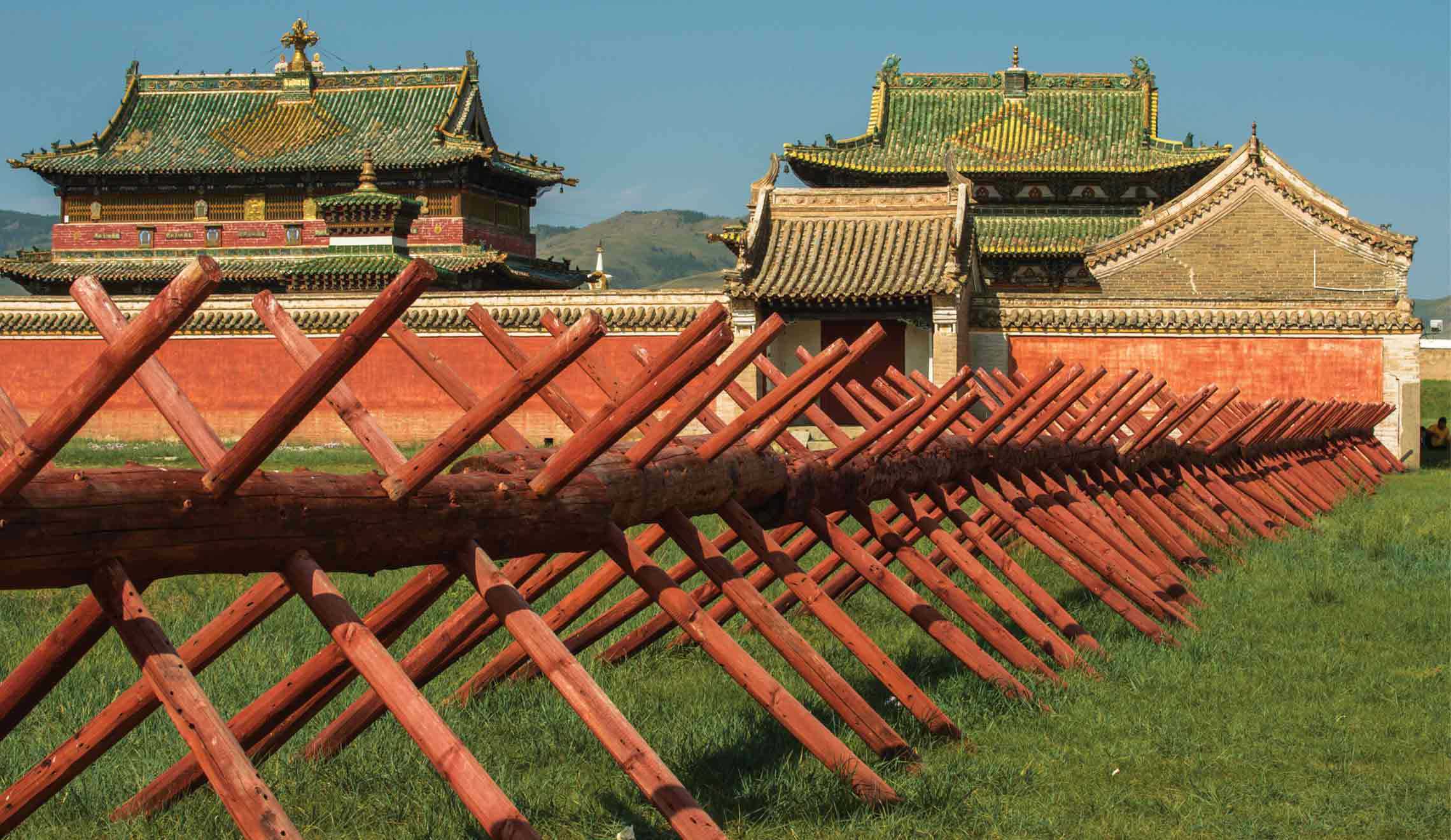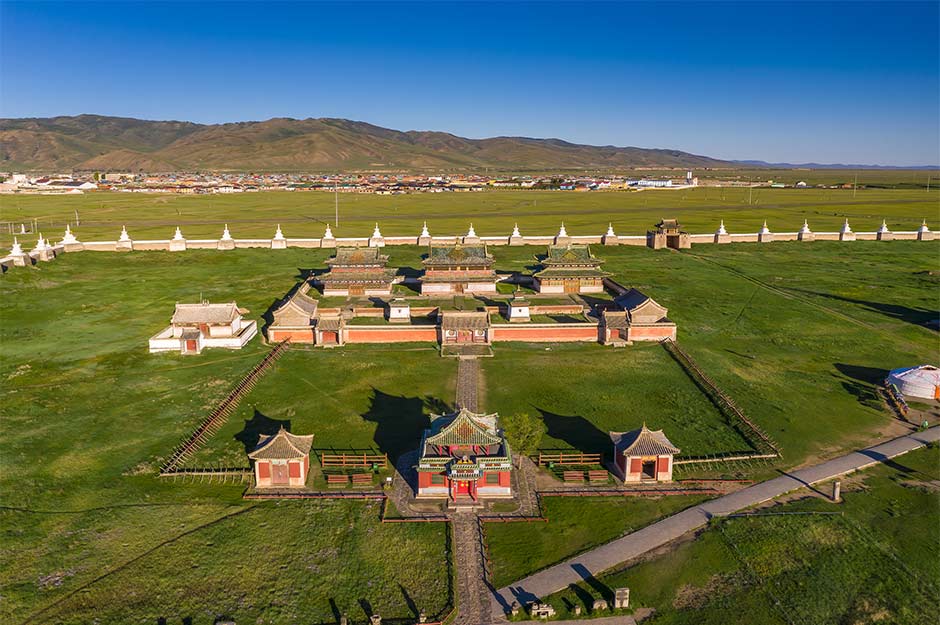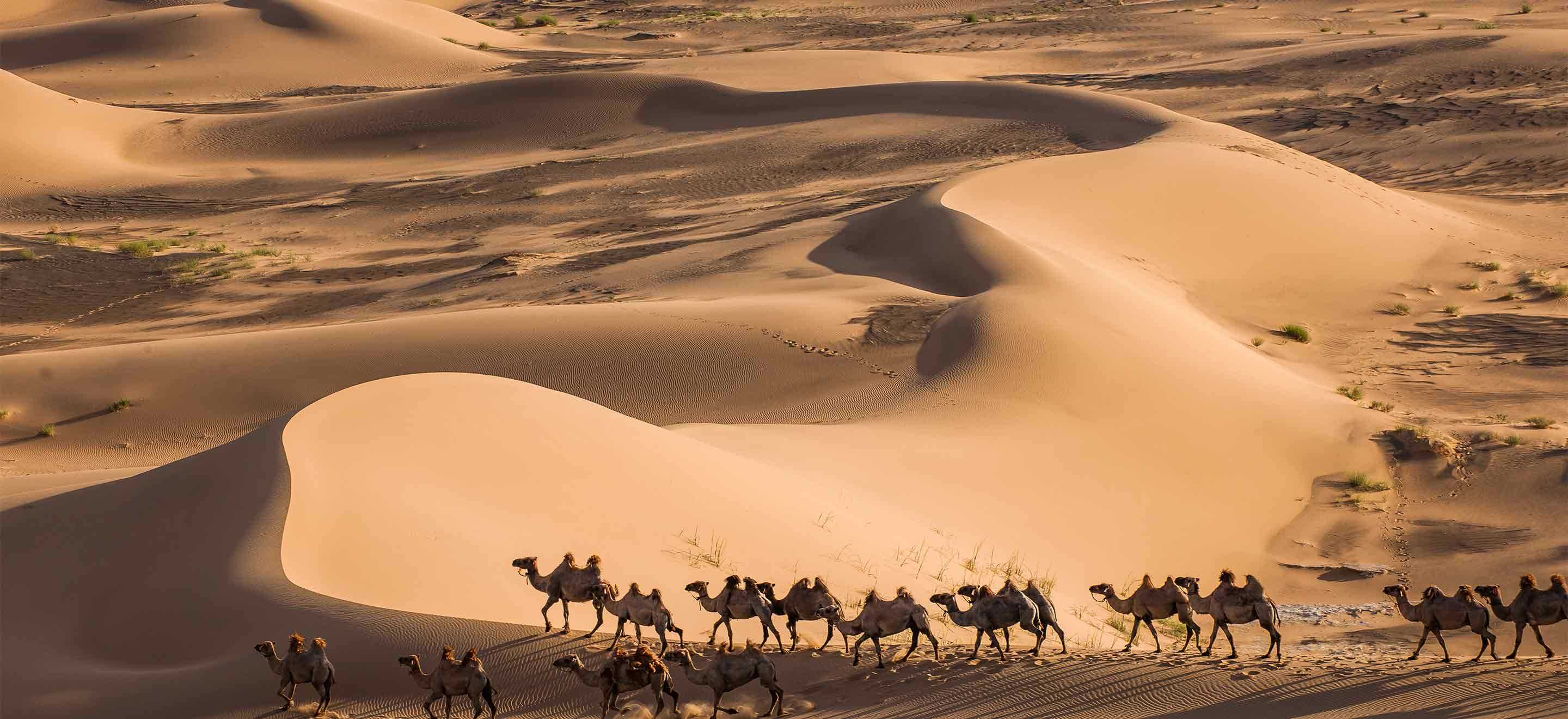
Brief history of Kharkhorin, the ancient capital of Mongol Empire
Brief history of Kharkhorin, the ancient capital of Mongol Empire
The ancient capital of the Mongol Empire, back then known as Karakorum was located 350km away from the current capital Ulaanbaatar at the upper part of UNESCO World Heritage site Orkhon Valley.
The construction was begun by the orders of Chinggis Khaan, but it was completed finally at the time of his successor Ogedei Khaan. At its zenith, the city was one of the most multicultural places in the world. Its location along the famed Silk Road and status as the capital of an empire that stretched across continents brought it great wealth.
There were large districts for Mongols, Chinese and Persians. Tolerance for religion ensured that Buddhists, Pagans, Muslims, Taoists and Christian communities thrived alongside each other.
Karakorum’s decline began with the moving of the capital to Beijing by Kublai Khan and subsequent civil wars that took place at the end of the XIII century and the beginning of the XIV century.
After the fall of the Yuan Dynasty, it was occupied again by Mongol Khans but the city was razed by Ming Dynasty troops in the late XIV century.

Even though the city was inhabited until the XVI century, disunity between the Mongolian nobles and a number of wars caused the city to decay. In 1585, Abtai Sain Khan ordered the construction of the very first major Buddhist monastery, Erdene Zuu, using rubble from the ancient capital.
As of today, the town of Kharkhorin is located close to the site where the ancient capital was located. The Erdene Zuu monastery still stands to this time despite challenging times in the XX century. Many items and artifacts dating back to the XIII century are present in the Kharkhorin Museum.
It is a place worth of visit to those interested in History and culture.

